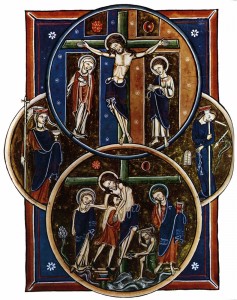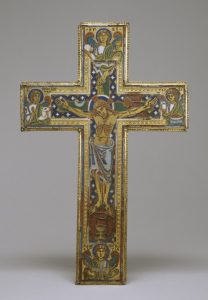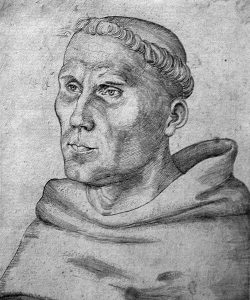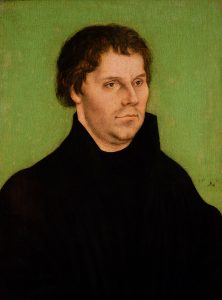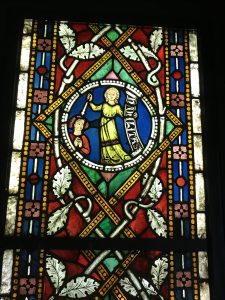“I challenge the Liberal gentleman to tell if ever in history there has been a government that was based solely on popular consent and that renounced all use of force whatsoever. A government so constructed there has never been and never will be. Consent is an ever-changing thing like the shifting sand on the sea coast. It can never be permanent: It can never be complete…If it be accepted as an axiom that any system of government whatever creates malcontents, how are you going to prevent this discontent form overflowing and constituting a menace to the stability of the State? You will prevent it by force. By assembling of the greatest force possible. By the inexorable use of this force whenever it is necessary. Take away from any government whatsoever force–and by force is meant physical, armed force–and leave it only its immoral principles, and that government will be at the mercy of the first organized group that decides to overthrow it. Fascism now throws these lifeless theories out to rot.” Benito Mussolini, Force and Consent (1923) in The Western Heritage, eds. Kagan, Ozment, Turner, 9th Ed (2007), p. 888.
Benito Mussolini became Prime Minister in late 1922 by appointment of the Italian monarch, Victor Emmanuel III. When he published this work the following year, he was still seeking to consolidate his power through political coalitions. It is important to point out that “Liberal” here does not mean what Americans or Canadians have called “Liberal” since the mid-twentieth century. Liberal here means the nineteenth-century philosophy that combined personal liberty, popular consent via elections, and laissez-faire economics. Mussolini rejected these things and wanted to replace them with a heavily regulated economy that focused on the collective nation instead of individuals’ choices. Collectivists (socialists, fascists, national socialists) all shared this disdain of individual-based liberalism. The progressive movements in the USA adopted many of these collectivist ideas in less extreme forms in the early twentieth century. Many people in these movements eventually adopted the term “liberal” to describe themselves despite their adoption of many collectivist ideas.* In the following section, Mussolini concluded prophetically:
“The truth evident now to all who are not warped by [liberal] dogmatism is that men have tired of liberty. They have made an orgy of it. Liberty is today no longer the chaste and austere virgin for whom the generations of the first half of the last century fought and died. For the gallant, restless and bitter youth who face the dawn of a new history there are other words that exercise a far greater fascination, and those words are: order, hierarchy, discipline…” [Emphasis added]
After the ravages of the foolish Great War that led to millions of deaths, the destruction of nations, and economies, many of the youth did want these things. People in many countries to varying degrees began to choose collectivist policies over personal liberty. Exactly 100 years later (2022), it seems the world has embraced such things again. History does rhyme and human nature does not change.
*F.A. Hayek. The Road to Serfdom: Text and Documents. The Definitive Edition. Ed. Bruce Caldwell. 2007. [Original Text published in 1944 by U of Chicago], pp. 76-77.

